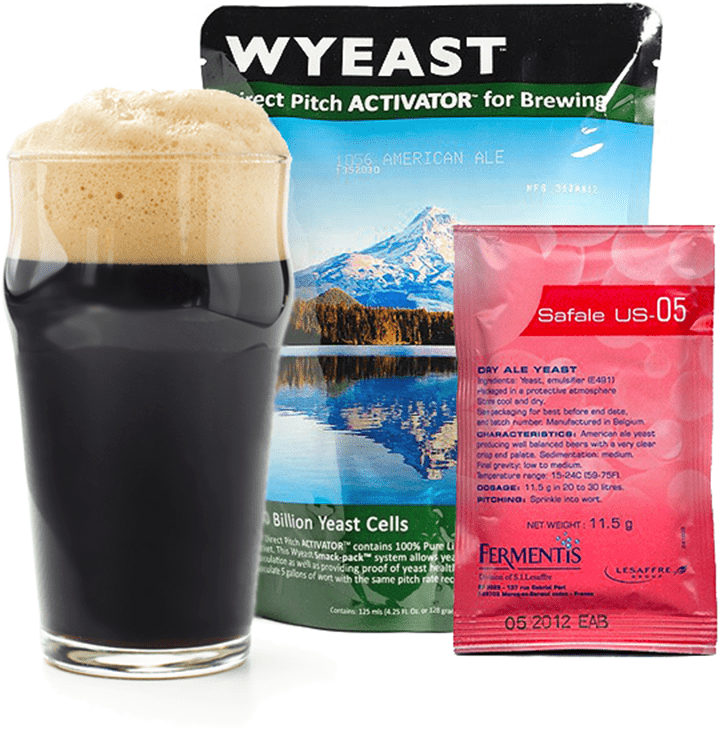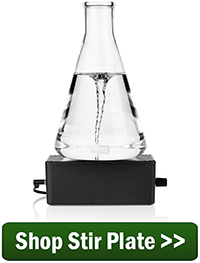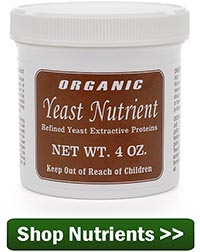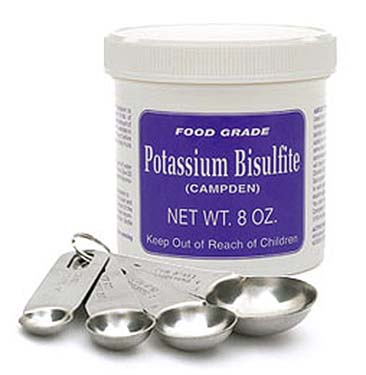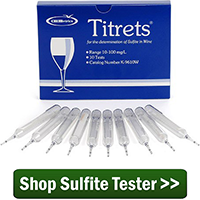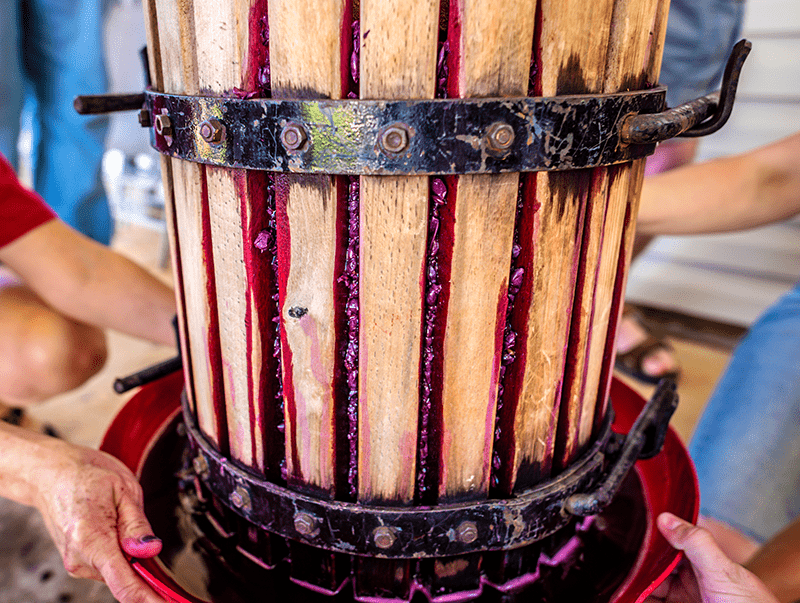 All wine presses pretty much operate the same way. Crushed grapes are dumped into the wine press basket and a pressing plate is forced down against them until they give-up the juice.
All wine presses pretty much operate the same way. Crushed grapes are dumped into the wine press basket and a pressing plate is forced down against them until they give-up the juice.
Accept for an import or two coming in from China, the quality of all the wine presses I currently see for sale are excellent. They are all produced by companies that specialize in winery equipment, not toys, and any of them will make you a happy owner.
So, what should you be looking for when shopping for a wine press?
The most important consideration is going to be size. Wine presses come in an array of sizes, from very small, all the way up to monstrous in size. You need to pick the size that fits your needs.
If you get a wine press that’s too small, you’ll have an annoying amount of pressings to do per batch of wine. If you get a wine press that’s too big you may be spending more money than necessary.
So out of all the different wine presses for sale, which one is the right size?
Realistically, you want a wine press that will require no more than 12 pressings per batch and no fewer than 3 pressings. Wine presses that don’t fit into this range, based on your batch size will work but should probably not be considered.
For example, we offer 3 different sized presses:
- R-30 Double-Ratchet Press (approximately, 5 gals./pressing)
- R-25 Double-Ratchet Press (approximately, 3 gals./pressing)
- Table-Top Press (approximately, 1 gals./pressing)
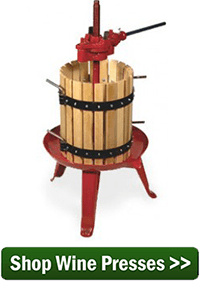 The R-30 press would be good for batches around 15 to 60 gallons, the R-25 would be good for batches around 10 to 35 gallons, and the Table-Top Press would be good for batches around 3 to 12 gallons.
The R-30 press would be good for batches around 15 to 60 gallons, the R-25 would be good for batches around 10 to 35 gallons, and the Table-Top Press would be good for batches around 3 to 12 gallons.
Do you plan on making larger batches of wine in the future?
If so, do you want to hedge you current purchase with a wine press that is larger than you currently need, or you could end up shopping for another wine press in the near future. Only you can really answer this question.
With all the wine press for sale on the market, I hope this clear things up for you a bit. It can be a big decision to make, especially when you consider that an wine press could potentially become a family heirloom.
———————————–
Ed Kraus is a 3rd generation home brewer/winemaker and has been an owner of E. C. Kraus since 1999. He has been helping individuals make better wine and beer for over 25 years.




